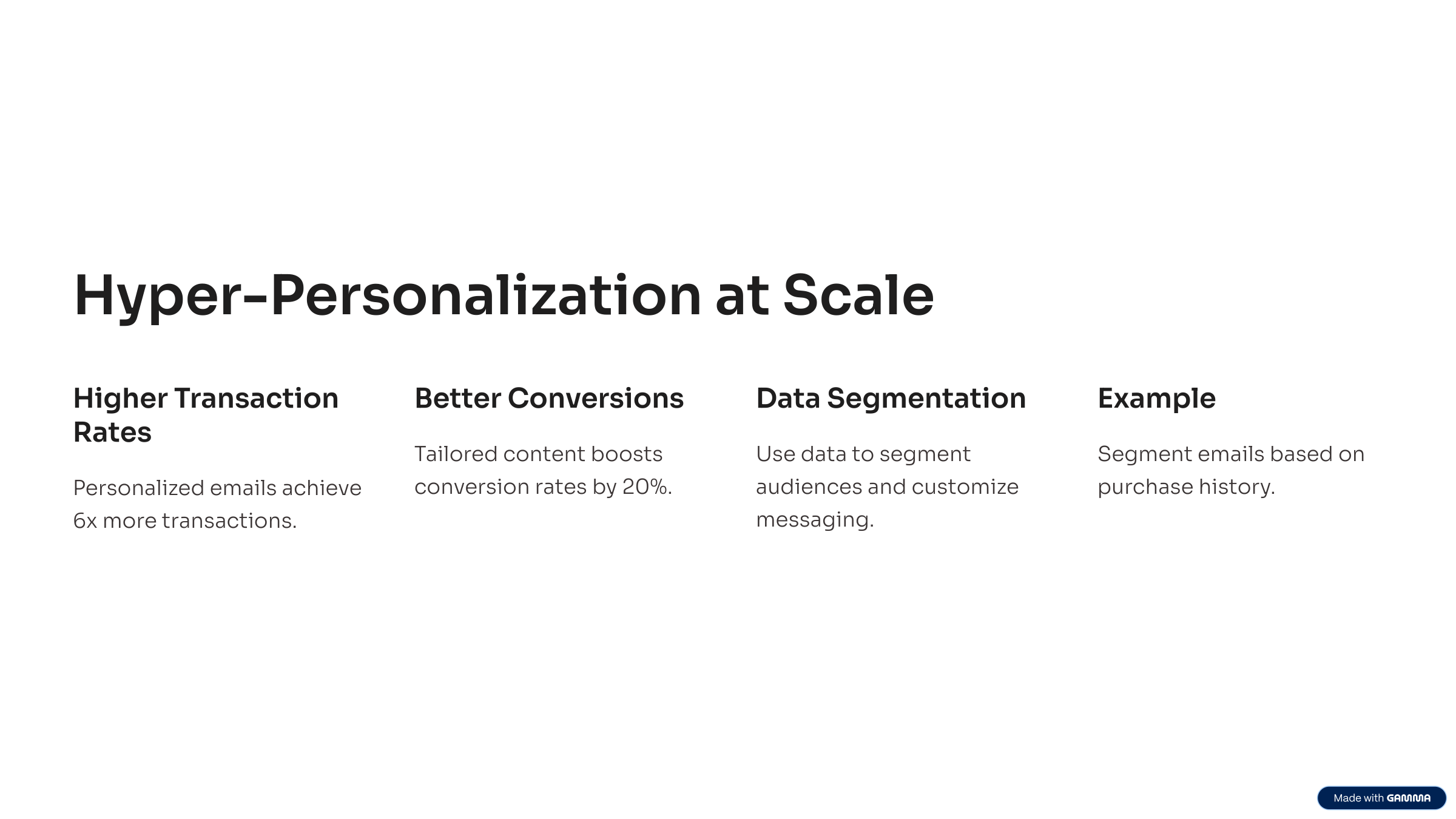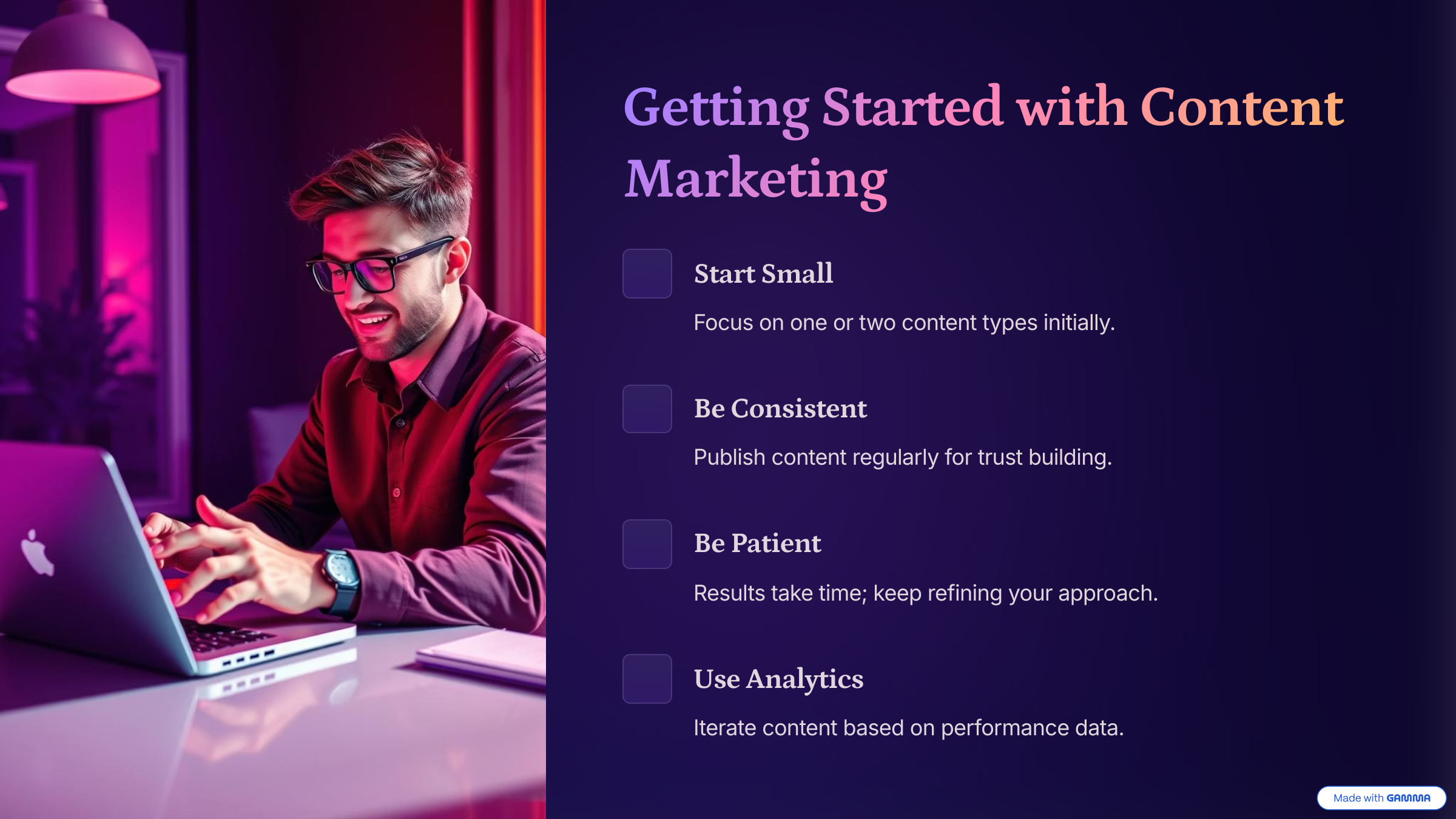How AI is Transforming the Retail Industry: From Chatbots to Personalized Shopping

Strong 8k brings an ultra-HD IPTV experience to your living room and your pocket.
AI is revolutionizing the retail industry, transforming how businesses engage with customers, manage inventory, and enhance the overall shopping experience. By leveraging AI technologies such as chatbots, personalized recommendations, and inventory management systems, retailers are enhancing customer satisfaction, increasing sales, and optimizing operations. Here’s how AI is transforming retail, from customer interactions to back-end processes:
1. AI Chatbots and Virtual Assistants
Chatbots powered by AI are now integral to retail customer service, providing instant responses to queries, guiding customers through the purchase process, and assisting with post-purchase support. These chatbots are not only improving customer service but also enabling 24/7 support.
A. Customer Support
AI chatbots can handle routine inquiries such as store hours, product availability, and return policies, leaving human agents to handle more complex issues. These bots can communicate across multiple platforms, including websites, social media, and messaging apps, creating a seamless and efficient customer service experience.
Example: Sephora’s Virtual Artist uses AI to allow customers to try on makeup virtually, helping them find products without visiting a physical store.
B. Personalized Assistance
AI chatbots can also provide tailored recommendations based on a customer's previous shopping history and preferences. This kind of personalization not only improves customer satisfaction but also boosts sales by suggesting complementary or related products.
Example: H&M's chatbot helps customers find clothing styles based on their preferences, helping to streamline the shopping experience.
2. Personalized Shopping Experiences
AI is enabling highly personalized shopping experiences, allowing retailers to offer tailored recommendations, promotions, and even product pricing based on individual customer data. This results in a more engaging and relevant shopping journey.
A. Recommendation Engines
Retailers like Amazon, Netflix, and Spotify use AI to analyze customer behavior and recommend products based on past purchases, search queries, and preferences. These recommendation systems increase the likelihood of customers finding products they want, thereby boosting sales.
Example: Amazon's recommendation engine suggests products based on customer behavior, increasing the chances of customers adding more items to their cart.
B. Dynamic Pricing
AI-powered pricing algorithms adjust prices in real-time based on factors such as demand, competition, time of day, and customer behavior. This allows retailers to optimize pricing strategies and improve sales margins while remaining competitive in the market.
Example: Airbnb uses AI to adjust rental prices dynamically based on market trends, competitor pricing, and seasonal demand.
3. AI in Inventory Management
AI is significantly improving inventory management in retail by predicting demand more accurately, optimizing stock levels, and reducing waste. This leads to better operational efficiency, cost savings, and higher customer satisfaction.
A. Demand Forecasting
AI can analyze historical sales data, seasonal trends, and external factors (like weather or local events) to predict demand for specific products. This helps retailers stock the right items at the right time, reducing overstocking and understocking issues.
Example: Walmart uses AI-driven demand forecasting tools to ensure that popular items like food and electronics are always available during peak demand periods.
B. Automated Restocking
AI-driven systems can automatically reorder stock when inventory levels reach a certain threshold, minimizing the risk of running out of popular products. This reduces human error and ensures a more consistent shopping experience for customers.
Example: Zara uses AI-powered systems to restock inventory based on trends and customer preferences, keeping shelves stocked with in-demand items.
4. AI-Powered Visual Search
AI-powered visual search technology allows customers to upload images of products they are interested in, and the system can find similar or exact matches within the retailer’s catalog. This enhances the shopping experience, particularly in fashion and home décor, where visual inspiration plays a big role in purchasing decisions.
A. Image Recognition
Retailers are implementing image recognition technology to identify items and provide more detailed product information. AI can detect patterns, colors, and shapes in photos to suggest similar items from a retailer’s catalog, even if the customer doesn’t know the exact name of the product.
Example: ASOS offers visual search on its app, where users can upload a photo of a clothing item, and the AI will show similar products available for purchase on the platform.
B. Augmented Reality (AR) Integration
Some retailers are integrating AR with AI to create virtual try-on experiences. This is particularly popular in fashion, beauty, and home goods, where customers can visualize how products will look on themselves or in their homes before purchasing.
Example: IKEA's AR app lets customers visualize how furniture will look in their home environments, enhancing the shopping experience and reducing uncertainty in purchasing decisions.
5. Customer Insights and Analytics
AI’s ability to analyze vast amounts of customer data is enabling retailers to gain deeper insights into customer behavior, preferences, and trends. By leveraging these insights, retailers can improve product offerings, marketing campaigns, and overall customer experience.
A. Customer Segmentation
AI helps retailers segment their customer base into groups based on demographic, behavioral, and psychographic data. By understanding different customer segments, retailers can create more targeted marketing campaigns and personalized shopping experiences.
Example: Target uses AI to segment its customer base and send personalized offers based on purchasing behavior and personal preferences, ensuring that promotions are relevant to individual customers.
B. Sentiment Analysis
Retailers can use AI to analyze customer reviews, social media posts, and other feedback to gauge customer sentiment. By understanding how customers feel about products and services, retailers can make data-driven decisions to improve their offerings and address customer concerns.
Example: L’Oréal uses AI to analyze customer reviews across platforms to identify emerging trends and product preferences, helping to improve product development and customer engagement.
6. AI for Fraud Detection
Fraud detection is a critical concern in retail, especially in e-commerce. AI is helping retailers detect fraudulent transactions in real time by analyzing purchase patterns, detecting anomalies, and flagging suspicious activities before they lead to financial losses.
A. Transaction Monitoring
AI algorithms continuously monitor transactions for unusual patterns that may indicate fraudulent activity. These systems can identify abnormal behavior, such as purchasing high-ticket items in bulk or using stolen credit card details, and prevent fraud before it happens.
Example: PayPal uses AI-powered fraud detection systems to identify suspicious transactions and block them before they’re completed, helping protect both customers and retailers.
B. Identity Verification
AI systems are also used to verify customer identities during the checkout process, especially for high-value transactions. Techniques like facial recognition, biometric authentication, or voice recognition help ensure that transactions are secure and legitimate.
Example: Amazon Pay uses AI to verify the identity of users through voice or facial recognition, ensuring secure payments.
7. AI in Marketing and Advertising
AI is revolutionizing how retailers advertise and market their products. By analyzing data and consumer behavior, AI enables more targeted and effective advertising campaigns.
A. Programmatic Advertising
AI-driven programmatic advertising uses algorithms to buy and place ads based on real-time data and consumer behavior. Retailers can target the right audience at the right time with highly relevant ads, leading to increased conversion rates and sales.
Example: Facebook Ads uses AI to serve personalized ads to users based on their online behavior, interests, and past interactions with brands.
B. Predictive Analytics
AI analyzes customer behavior to predict future buying patterns, enabling retailers to send personalized promotions, offers, and product recommendations at the right time. Predictive analytics helps retailers boost conversion rates and enhance customer engagement.
Example: Macy’s uses AI-powered predictive analytics to send personalized promotions to customers based on their past shopping behavior, encouraging repeat purchases.
Conclusion
AI is transforming the retail industry by improving customer interactions, optimizing inventory management, enabling personalized shopping experiences, and streamlining marketing strategies. From AI-powered chatbots to recommendation engines and dynamic pricing, retailers are leveraging AI to create smarter, more efficient operations and better meet the needs of their customers. While AI offers significant benefits in terms of operational efficiency and customer engagement, its ongoing integration will continue to evolve, shaping the future of retail in exciting and innovative ways.
Note: IndiBlogHub features both user-submitted and editorial content. We do not verify third-party contributions. Read our Disclaimer and Privacy Policyfor details.







